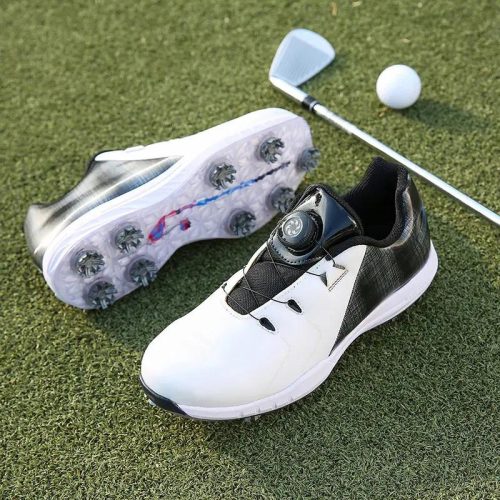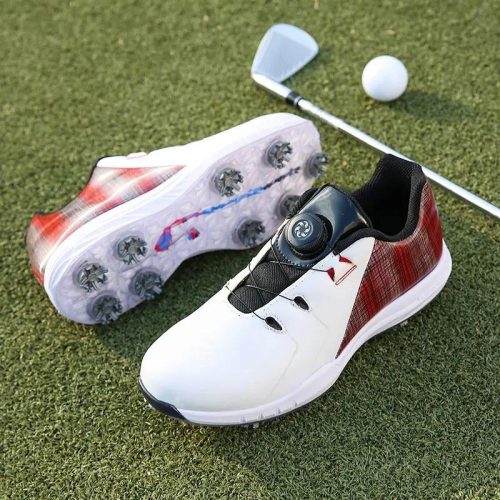Golf ball design has a significant impact on the shots you hit. Different golf ball designs can affect distance, trajectory, spin, and feel. Here are some ways golf ball design affects your shots:
- Distance: Golf balls are designed with varying degrees of compression, which refers to how much the ball compresses when struck. Higher compression balls are generally more suitable for golfers with faster swing speeds, as they will generate more distance. Lower compression balls are typically better suited for golfers with slower swing speeds, as they will compress more easily and generate more distance.
- Trajectory: Golf balls with a higher spin rate tend to fly higher and have a steeper angle of descent, while those with a lower spin rate tend to fly lower and have a shallower angle of descent. This affects the trajectory of your shots, with higher spin rate balls having more control and lower spin rate balls offering more distance.
- Spin: The spin rate of a golf ball can greatly impact its accuracy and control. Balls with a high spin rate will typically have more backspin, which can help the ball stop more quickly on the green. Balls with a lower spin rate will typically have less backspin, which can make them more difficult to control.
- Feel: The cover material of a golf ball can also impact how it feels when struck. Some balls have a soft cover material, which can provide a softer feel and more feedback for the golfer. Other balls have a harder cover material, which can provide a firmer feel and more distance.
Overall, golf ball design plays a crucial role in the shots you hit. Understanding the different aspects of golf ball design and selecting the right ball for your game can help you achieve greater distance, accuracy, and control.


